#Folk Culture
Text
'Wool waulking is a traditional Scottish process of finishing and strengthening newly woven woolen fabrics. It is a significant social and cultural activity, often carried out by women in the Highlands of Scotland. The Gaelic songs that are sung during waulking have a distinctive rhythmic pattern that aids in synchronising the work.'
(Video and text via Inverness Outlanders)
#so obsessed with waulking songs so i had to share this#folk#folk culture#scotland#scottish folklore#celtic folk#scottish gaelic
13K notes
·
View notes
Photo


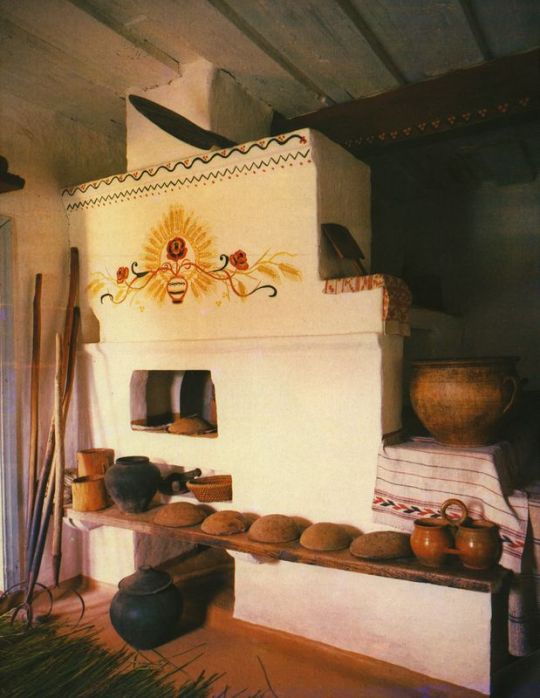

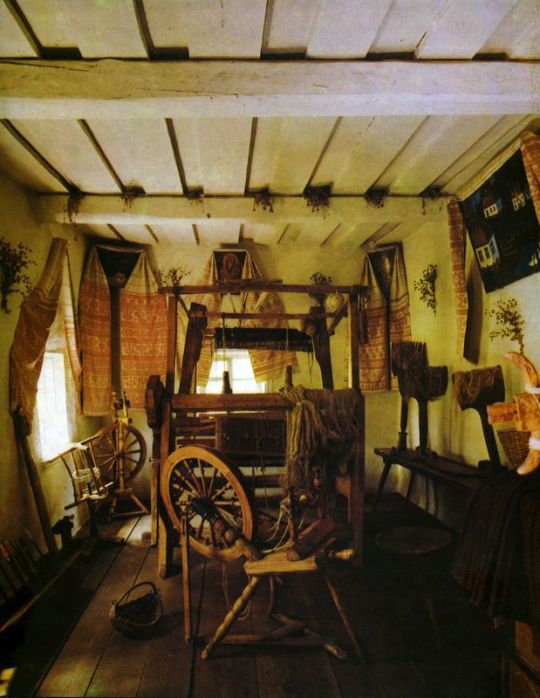
Interiors of Ukrainian traditional residential buildings from central parts of Ukraine. Exhibits of the Museum of Folk Architecture in Pereyaslav-Khmelnytsky on the pages of the album "Treasures of our memory" (1993)
#culture#world culture#architecture#world architecture#rural architecture#wooden architecture#museum#eastern europe#folk culture#pereyaslav-khmelnytsky#folk aesthetic#ethnography#ethnology#photography#український tumblr#український тамблер#interiors#cottage
621 notes
·
View notes
Text

#poland#culture#folk culture#folklore#history#polish culture#polska#folk costumes#the peasants#chlopi#twitter
547 notes
·
View notes
Text

In Botiza women use pigments extracted from plants, flowers and bark to colour their wool. Preferably the pigments of summer flowers are used, because the spring-pigments contain to much water - Mick Palarczyk
#romania#rural romania#traditionalism#wool#wool carpet#coloring#plants#flowers#bark#textile art#traditional folk#folk art#folk culture#natural#pigments#eastern europe#europe#tradition#ancestors
2K notes
·
View notes
Text
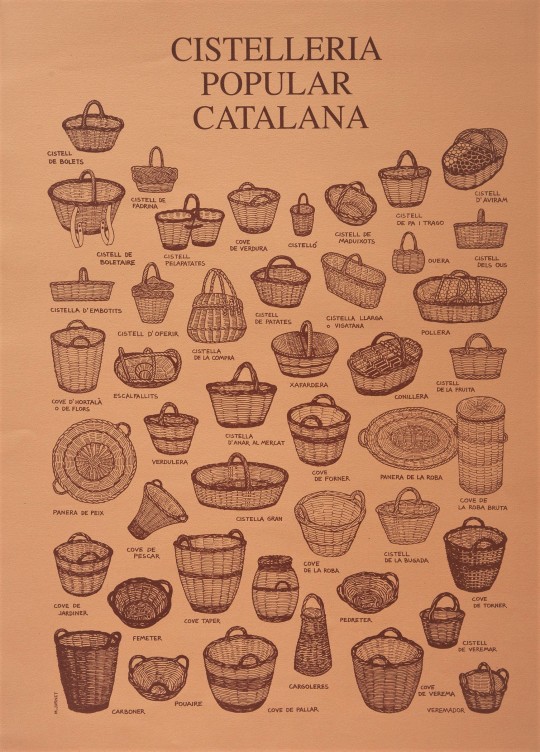
Traditional basketry from Catalonia. Each basket is labeled with its specific use (for example: for picking up mushrooms, for dirty clothes, for doing laundry, for keeping the fish, for carrying a rabbit, for carrying eggs, for going to the marketplace...).
Poster by the Catalan Association of Basketmakers (Associació Catalana de Cistellaires), 1996.
#baskets#basket making#weaving#arts and crafts#crafts#catalunya#poster#ethnography#folk culture#culture#cultures
108 notes
·
View notes
Text

Wara ningyô (straw doll) kept at Tono Museum.
Those effigies were once hung on ropes (michikiri) by roadsides and village entrances to ward off evil spirits bringing pestilence (疫病神 yakubyôgami). They were sometimes accessorized, like this one bearing a daishô (katana set) and a fearsome (oni?) face mask.
Waraningyô are also a staple of folk magic alike voodoo dolls, especially those related to eerie uchi no toki mairi ("Ox-hour shrine visits", ie witching hour).
#japan#art & craft#straw doll#wara nyngyô#japanese culture#magic#witchcraft#evil spirits#disease#yakubyôgami#疫病神#uchi no toki mairi#Ox-hour shrine visit#folk culture#ancient belief
265 notes
·
View notes
Photo

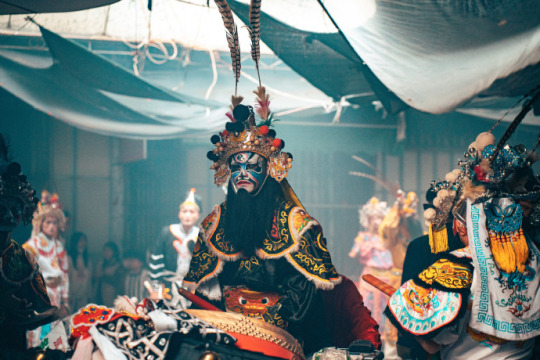



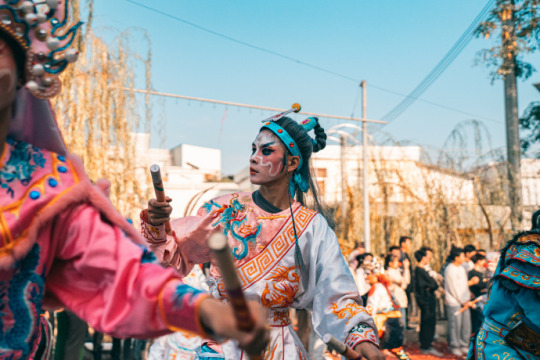




英歌舞yinggewu in chaozhou, guangdong by Hymchu
505 notes
·
View notes
Text

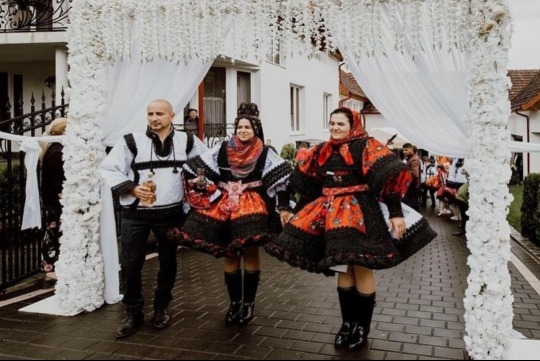


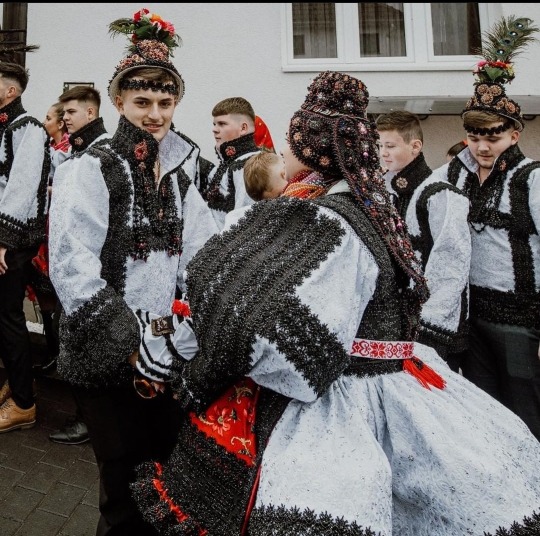
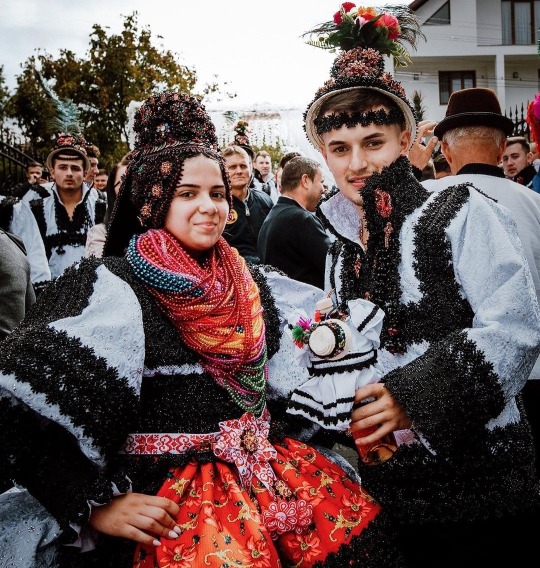
Traditional marriage in Oas, Racsa, Maramures
#photography#women#marriage#wedding#folk wedding#folklore#folk clothing#folk costume#folk culture#culture#romanian folklore#romanian#romania#eastern europe#europe#jasmineiros#my curatorship#curators on tumblr
636 notes
·
View notes
Text
Russian Peasants & Religion

Russian Peasants, late 19th century.
The religiosity of the Russian peasant has been one of the most enduring myths -- along with the depth of the Russian soul -- in the history of Russia. But in reality the Russian peasant has never been more than semi-detached with the Orthodox religion. Only a thin coat of Christianity had been painted over his ancient pagan folk-culture.
To be sure, the Russian peasant displayed a great deal of external devotion. He crossed himself continually, pronounced the Lord's name in every other sentence, regularly went to church, always observed the Lenten fast, never worked on religious holidays, and was even known from time to time to go on pilgrimage. to holy shrines.
Slavophile intellectuals, like Dostoevsky or Solzhenitsyn, might wish to see this as a sign of the peasant's deep attachment to the Orthodox faith. And it is certainly true that most of the peasants thought of themselves of Orthodox. If one could go into a Russian village at the turn of the century and ask its inhabitants who they were, one would probably receive the reply: 'We are Orthodox and from here.'
But the peasants' religion was far from the bookish Christianity of the clergy. They mixed pagan cults and superstitious magic and sorcery, with their adherence to Orthodox beliefs. This was the peasants' own vernacular religion shaped to fit the needs of their precarious farming lives.
A People's Tragedy: The Russian Revolution, 1891–1924, Orlando Figes
#Russian History#History#Folk culture#folk religion#Imperial Russia#Tsarist Russia#orthodox christianity
38 notes
·
View notes
Text
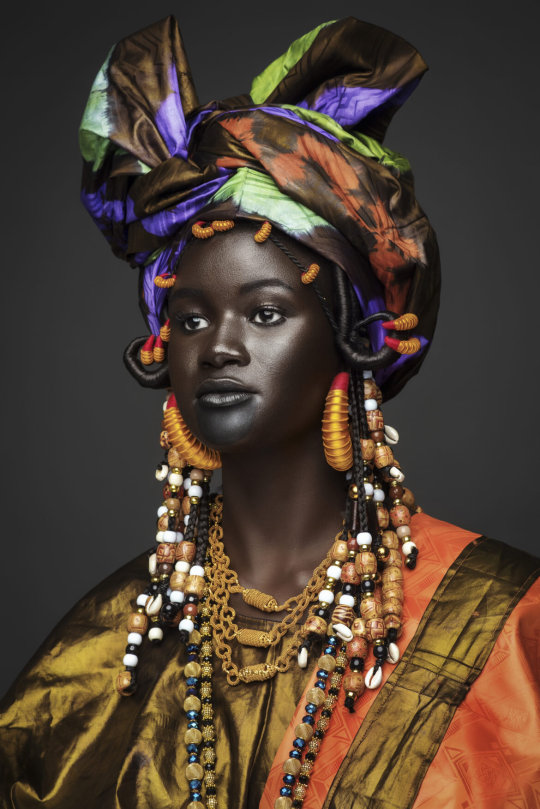



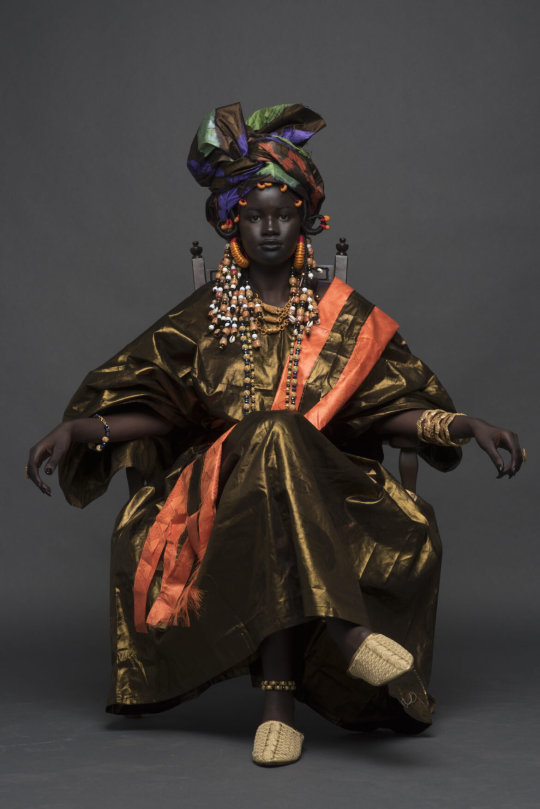
#khoudia diop#blackisbeautiful#blackwomen#blackwomenbelike#blackwomenaregorgeous#black femininity#blackandbeautiful#blackbeauty#senegalesebeauty#senegal#wolof people#wolof culture#folk culture#folk costume#traditional dress#traditional clothing#tradtional culture#africa#africanbeauty#africanmodels#african ancestry#afrocentrism#melaninvibes#brownskinbeauty#brownskingirls#darkskinappreciation#darkskinbeauty#blackgirlmagic#blackgirlaesthetic#blacktumblr
446 notes
·
View notes
Text
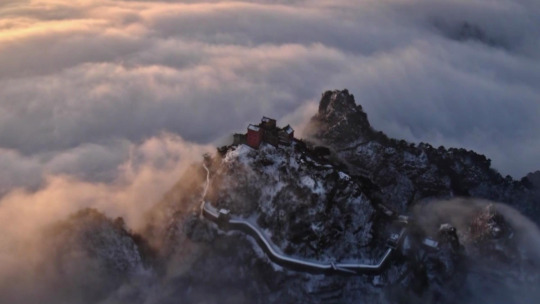
20 (intrusive) questions re: "what is your favorite memory" and "do you believe in ghosts" asked by @lyrslair & @motheroftorches
Some years ago mom was visiting me in China and requested a tour to the most "truely hardcore, authentic and impressive place" that was possible at the moment, and so we went to Udang Mountains. The place is older than infamous Shaolin, but less crowded because of the complex accessibility and harsh climate.

It's a taoist monastery complex built in the mountain forest about 1600-2000m altitude, connected with a system of ancient stairs and pathways. It's possible to rent a guest house inside the park or tea farm down near the mountain and hang around as much as you want.

So one beautiful day we got distracted with all the gorgeous views around and stuck at the top, the cable car was already shut down. We presumptuously decided to descend to the village at the foot of the mountain by ourselves...
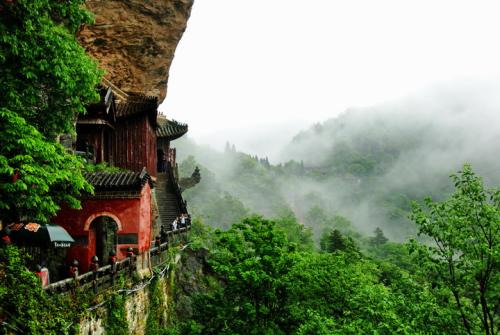
Weather in the mountains of central China can be treacherous and prone to abrupt change. Dusk came quicker than we expected, it got cold and we realized we chose the wrong stairway and got lost somewhere in the forest on our way down. It was getting BAD. Mom was scared, I was upset, and we both got extremely tired.

When we stopped to fix the gear and stick some patches on our burning feet, we heard some rustling among the trees and fluffy white dog stepped out on the path, wagging its tail. He looked surprisingly clean and well-kempt for a stray forest dog and acted extremely friendly. For the next several hours he was patiently leading the way, looking back at us from time to time, waiting for us on the road splits and steep slopes. As if he knew what he was doing very well, because eventually we saw the lights of village down at the distance.
We thanked our furry hero endlessly. He refused to eat the sausage I had in the backpack, but let us pet him. I also took some pics of him with my DSLR cam. When we quickly stopped by the little roadside store to get a him a real treat and then returned, the dog disappeared.

Noone of the locals knew who the dog belonged to, and stray dogs were actually not allowed in the park because of its natural reserve status. But next day one grandma showed me an old little shrine of local deity, Erlang. Guess who I saw there?
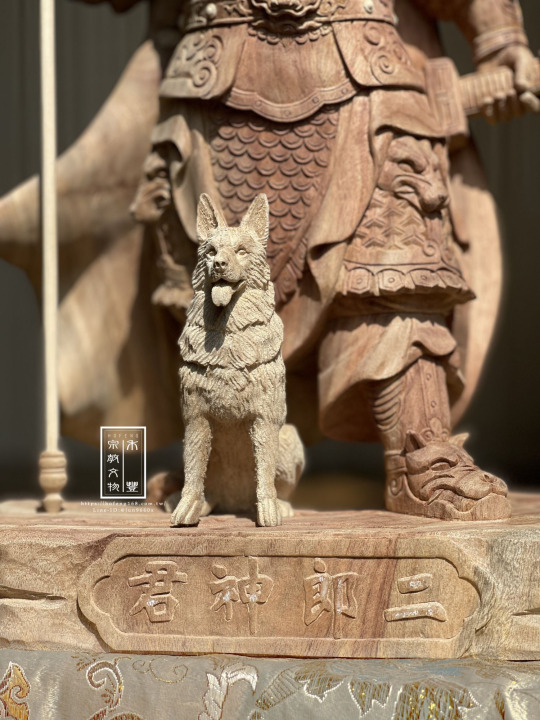
All the pictures I took of him that night turned out to be overexposed, just a blurry ball of white fur 😊 and I never had blurry pictures before that.
His name is XiaoTian, 哮天犬, Celestial Dog. You can google him, there actually a lot of funny legends.
Thanks for reading! Man, do I have a lot of stories to tell.
Ask me intrusive questions here
#ask game#dogs#cute dogs#dogs of tumblr#traveling#chinese folklore#folk culture#legends#folklore#travel photography#wudang
29 notes
·
View notes
Text

Appalachian folk musician Jean Ritchie, known as the 'Mother of Folk' (1922-2015)
#I'm so obsessed with her rn#I've had her renditions of one morning in may and shady grove on repeat#jean ritchie#folk music#folk culture#american folk#appalachia
2K notes
·
View notes
Text
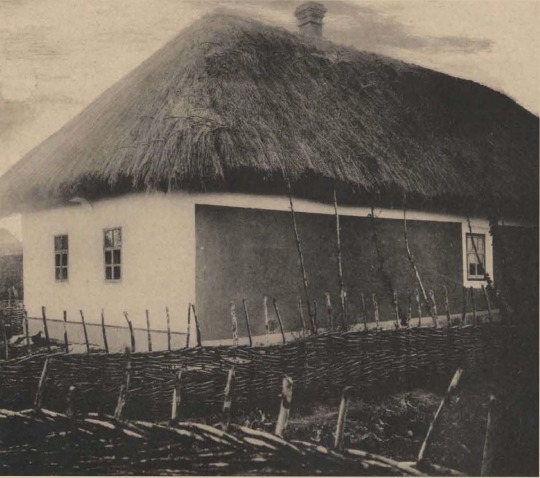


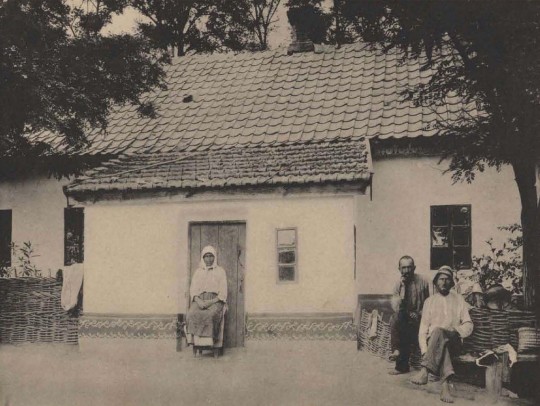
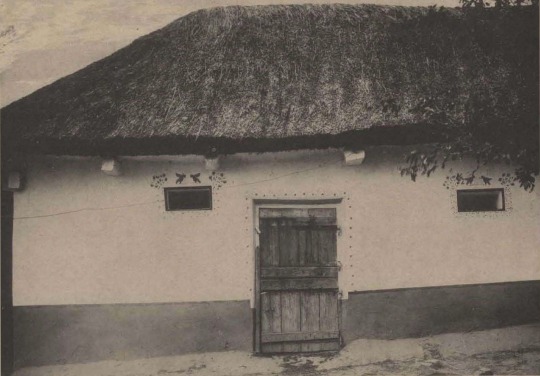



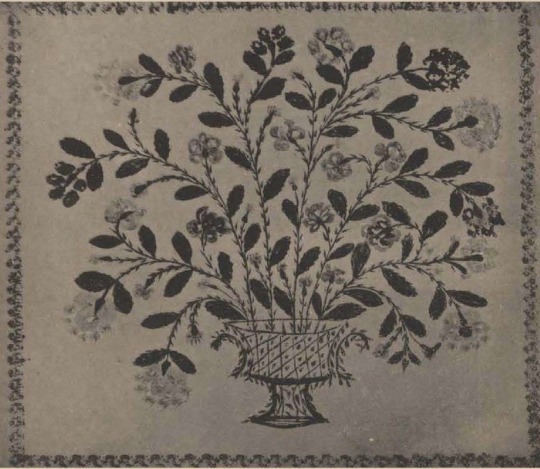





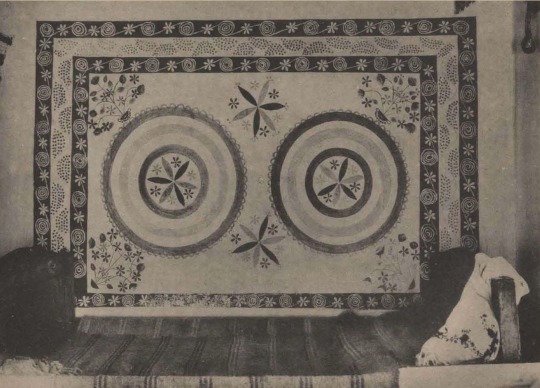

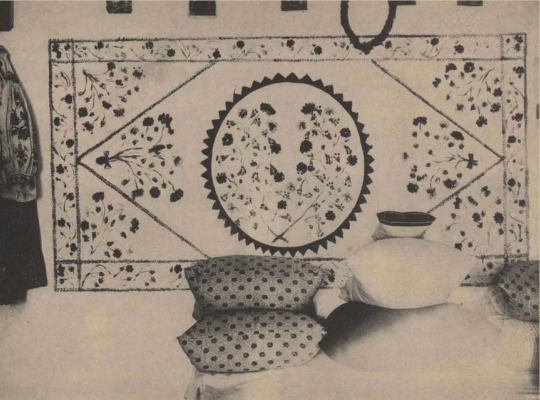

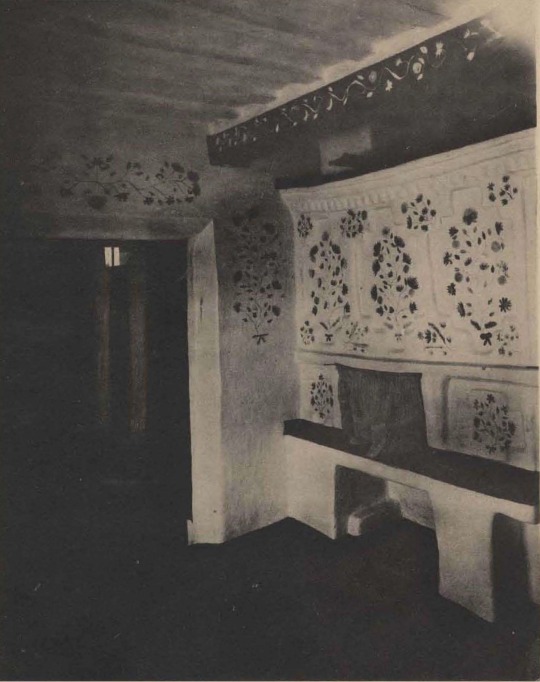
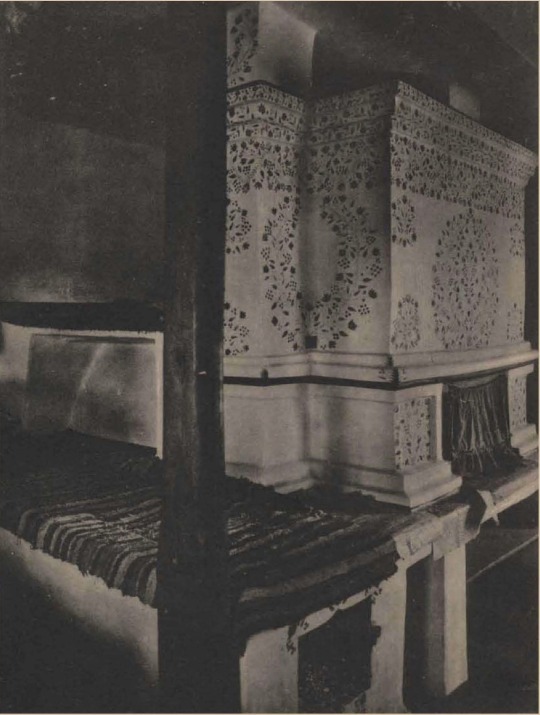
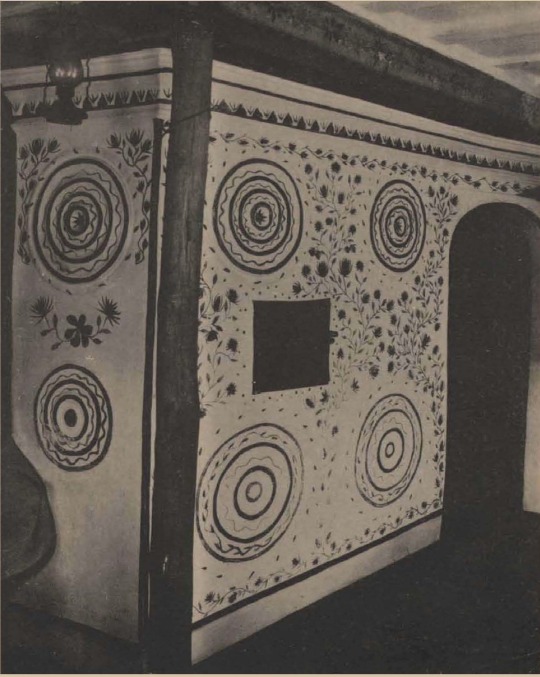

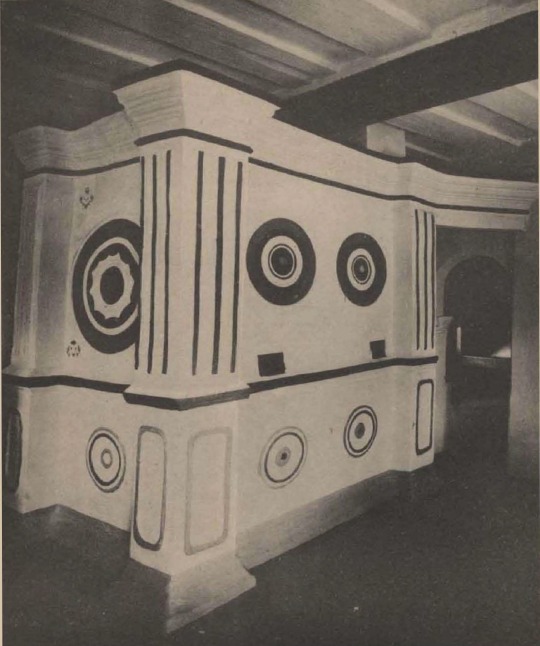

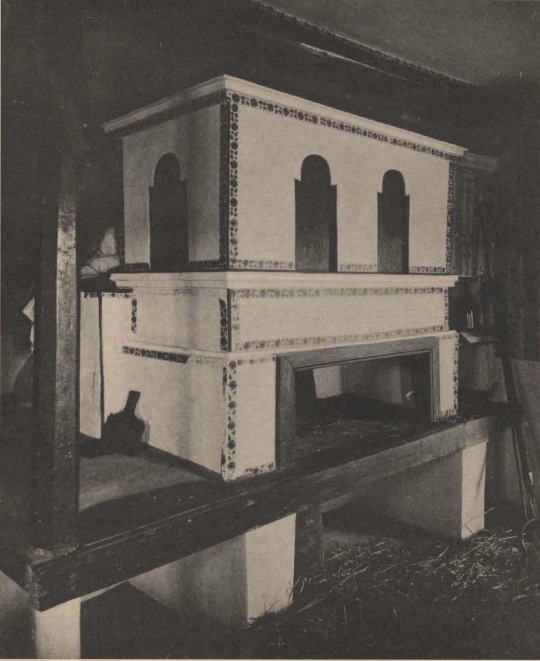

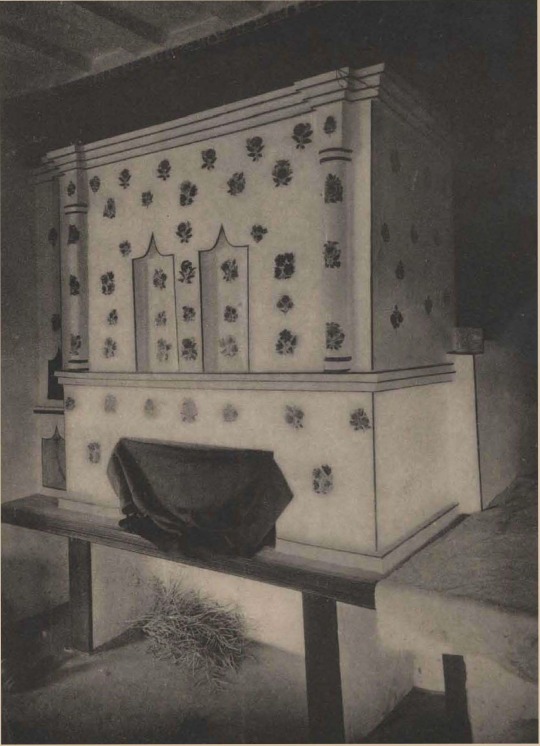

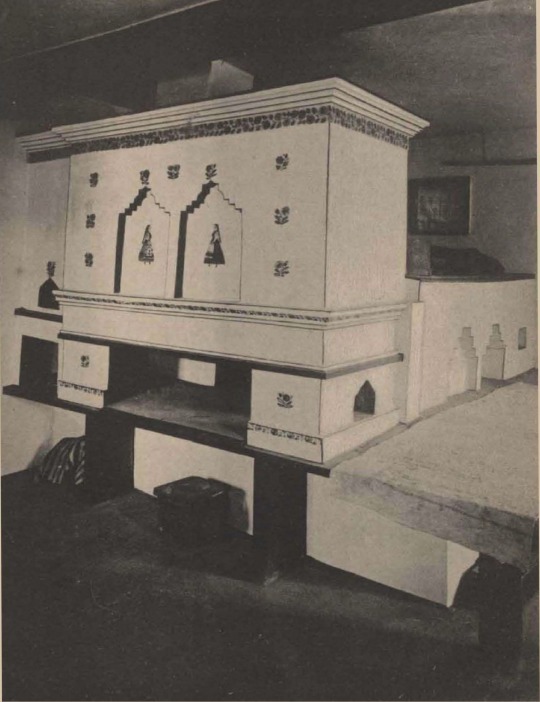

Wall and fireplace paintings in interior and exterior design of Ukrainian rural cottages from Dnipro, Kryvyi Rih and Kremenchuk areas, 1924-1928.
The book (where the main text is ukrainian, but attribution of photos you may see also in German) is here : https://uartlib.org/istoriya-ukrayinskogo-mistetstva/yevgeniya-berchenko-nastinne-malyuvannya-ukrayinskih-hat-ta-gospodarskih-budivel-pri-nih-dnipropetrovshhina/
#culture#world culture#traditional culture#interiors#cottage aesthetic#cottagestyle#retro#photography#vintage#ukraine#eastern europe#wall decor#wall drawing#home decor#ukrainian#cultural anthropology#ethnography#ethnology#folk culture#folk style#український tumblr#art#architecture
351 notes
·
View notes
Text
I was recently on a trip to Wrocław and I saw panorama of Racławice (recommend👌) but in the picture I saw an unusual thing:
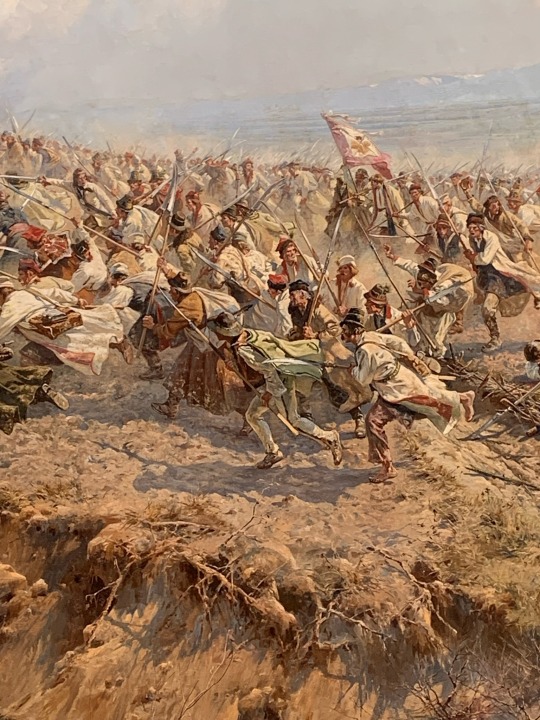
a highlander in the middle of cracovian peasants. so, I asked my history teacher if that situation would happened. she said no, only the local peasants took part in the Kościuszko Uprising.
so it was just the artists vision. but what could the vision of Wojech Kossak and Jan Styka, a highlander among Cracovians, represent?
in my opinion i think that authors of this picture wanted to show connectivity beetween different poles.
At that time, such an image was very useful for the quarreling nation after the partitions.
#culture#folk culture#poland#folk costumes#folklore#history#krakow#art#sztuka#cracow#panorama#wroclaw#highlanders#polish culture#polishfolk#polska#polacy#lviv#polish art#polishcore#polish history
35 notes
·
View notes
Text
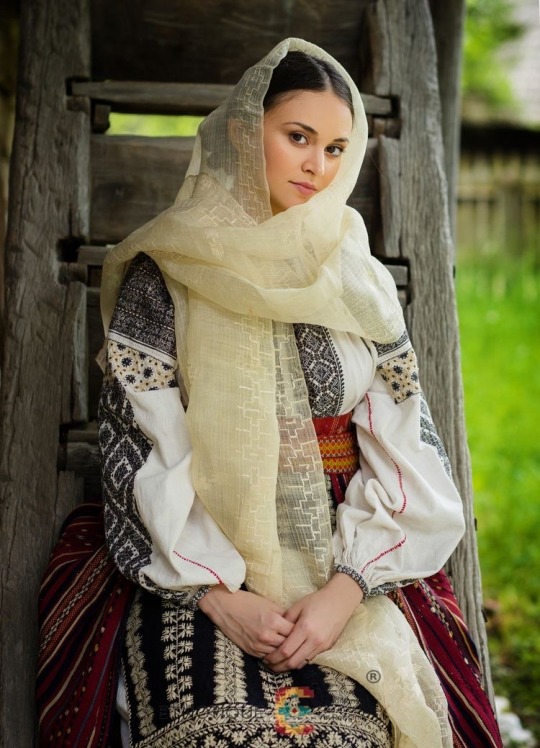
Vâlcea County Folk Costume, România
#romania#rural romania#traditionalism#traditional folk#romanian folk costume#folk art#folk culture#traditional clothing#aesthetic core#embroidery#handmade#legacy#textile art#art#eastern europe#europe#rural life#romanian blouse#romanian folklore
163 notes
·
View notes
Photo
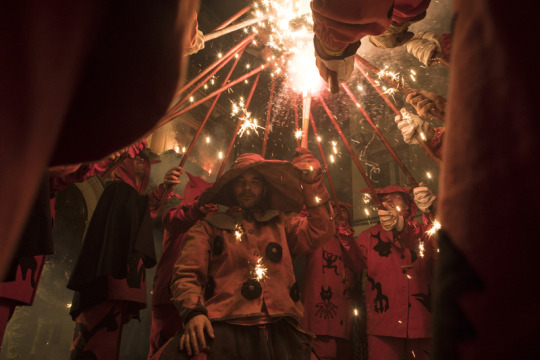

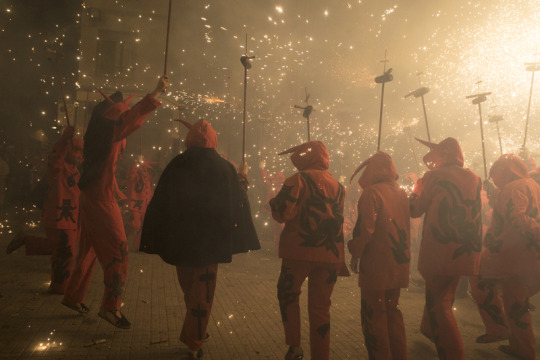

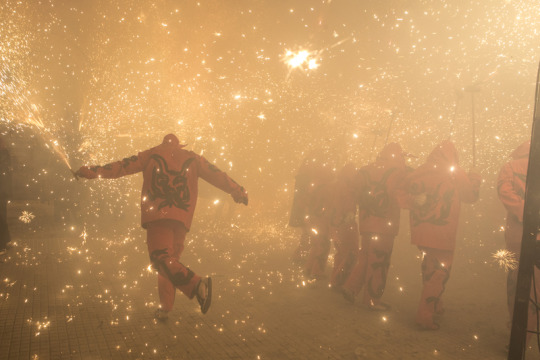

People from Valls (Camp de Tarragona, Catalonia) doing ball de diables (“devils’ dance”). This dance is a Catalan tradition done during festes majors (local festivities) where people dress as devils and roam the streets to the sound of drums while jumping and throwing firecrackers from their mace.
Photos by Carles Cubos Serra, DRAC 2018.
#ball de diables#valls#catalunya#tradicions#catalonia#fire#dance#devil#demon#folk dance#cultures#culture#folk culture#sparks#photography#travel#europe
331 notes
·
View notes